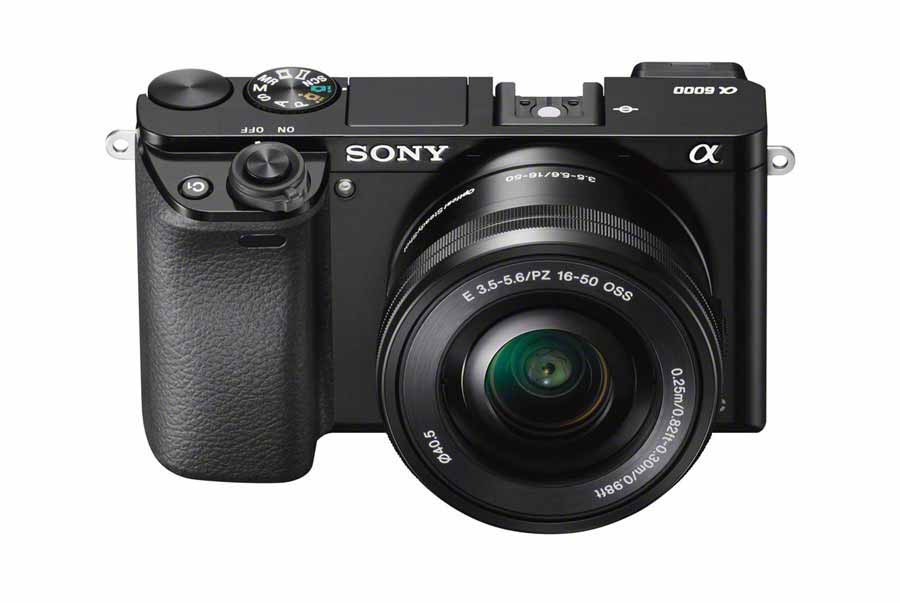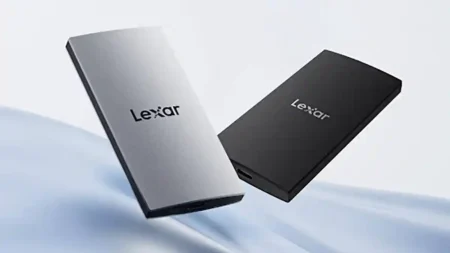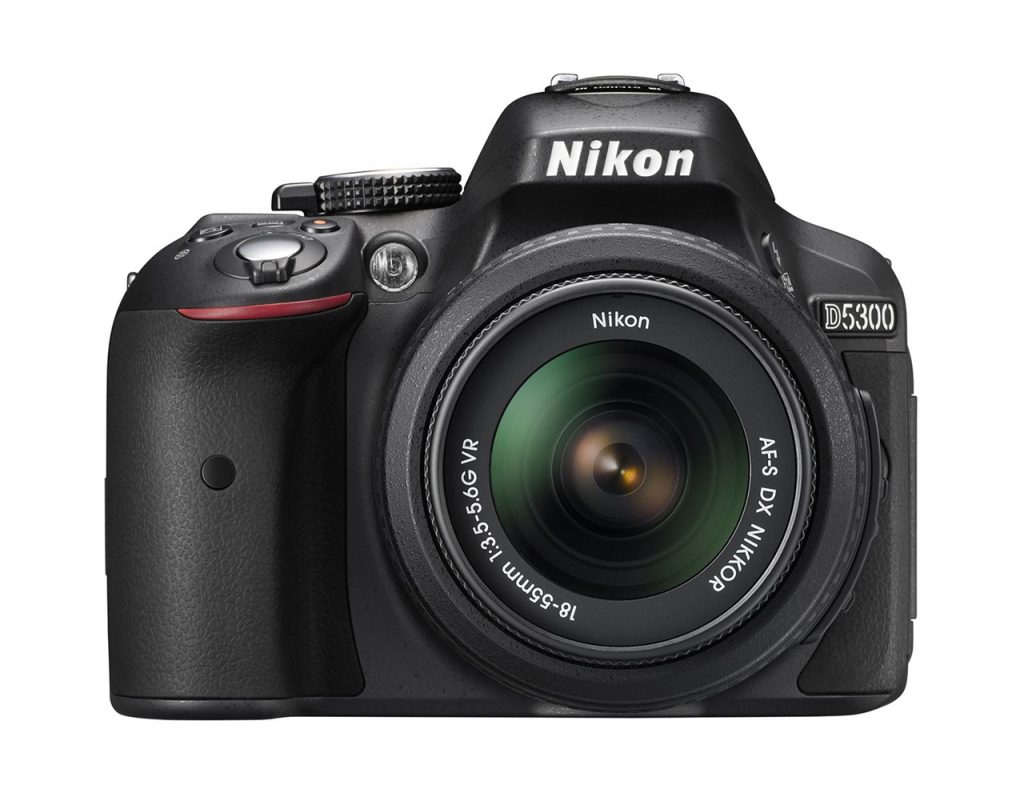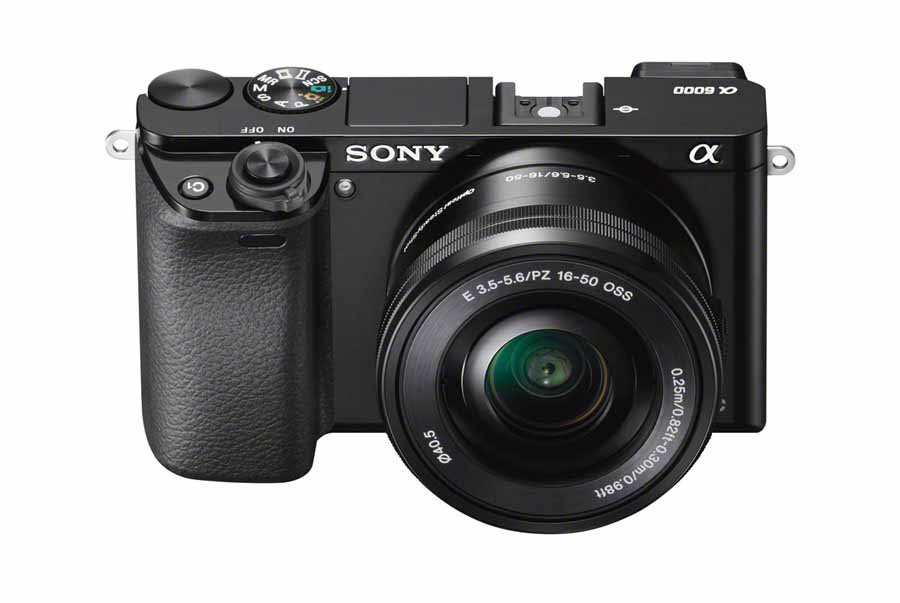Buying your first camera and need a few recommendations? Read on to find the best cameras for beginners, which we reckon will give you your best start in your photographic adventures.
Learning how to use a camera for the first time is something every photographer has to go through, and the choice of model can make a real difference to how you pick everything up.
To that end, camera manufacturers have made great efforts to keep things as simple as possible for first-time user, with on-screen guides and specially designed graphic user interfaces, together with plenty of automated controls for the situations when you’d rather have the camera do all the hard work.
Still, one decision you have to make is which camera to go for in the first place. If you’re not sure what’s available across the different camera categories, you’ll probably be confused by which model is best for your specific requirements.
Not only that, but if you plan on taking things seriously you’ll want to opt for a model that provides all the controls you need once you develop more confidence, rather than just going for the most basic option that you may soon outgrow.
The following options are our pick across the compact, mirrorless and DSLR categories. Each offers something different for the first time user but all are solid choices for those looking to hone their technique and learn how to take great pictures.
Best cameras for beginners: 01 Canon EOS 100D 18-55mm kit
A compact, feature-packed DSLR that’s easy to use and delivers great results
Sensor: 18MP APS-C type
Lens: 18-55mm f/3.5-5.6
Viewfinder: Optical
Screen: 3in touchscreen LCD, 1,040k dots
Dimension: 116.8 x 90.7 x 69.4mm
Weight: Approx 407g (with battery and card)
The tiny EOS 100D was conceived to be as compact and lightweight as possible while still offering all the benefits of Canon’s EOS DSLR range. It also happens to be one of the most affordable DSLRs on the market, despite the fact that it shares much of its technology with its more expensive siblings.
You get the same type of APS-C sensor as those featured in pricier models, as well as full compatibility with Canon’s extensive range of EF and EF-S lenses (not to mention many third-party options too).
Those just getting started can leave it on its fully Auto setting, although once you understand the basics, all the same kinds of exposure controls that grace more advanced models are on hand to help you progress.
Creative Filters allow you to instantly treat images with a range of effects, while the large, responsive touchscreen that dominates the rear lets you set the focusing point and select options as you would on a smartphone.
Add to this Full HD video and a quiet and fast-focusing kit lens, and you have yourself a winner.
Best for
First-time users and those upgrading from smartphones that want a solid learning option
Best cameras for beginners: 02 Nikon D5300 18-55mm kit
A great sensor and an articulating screen, together with access to plenty of top-quality Nikkor lenses makes the D5300 well worth considering
Sensor: 24.2MP APS-C type
Lens: 18-55mm f/3.5-5.6
Viewfinder: Optical
Screen: 3.2in articulating LCD, 1,037k dots
Dimension: Approx. 125 x 98 x 76 mm
Weight: Approx. 530g with battery and memory card
Just because you’re buying your first camera, it doesn’t mean you need to settle for something basic. In fact, many models like the D5300 manage to combine an approachable design and user-friendly interface with enthusiast-level features should you wish to push your creativity.
For the D5300, Nikon chose to remove one of the filters from in front of the 24.2MP sensor to capture more detail than usual, and also included a comprehensive 39-point AF system to help quickly focus on subjects throughout the frame.
Once you get more confident you may want to program the camera’s buttons to access controls of your choosing, and you can even create a menu with all the options you frequently use for quick access.
The 3.2in screen on the back of the camera is slightly larger than usual for such a model, and also flips out to let you shoot from a range of angles. You also get a 600-shot battery life to keep you going for longer, together with Wi-Fi to send all your creations to your smartphone or tablet with ease.
Best for
Those wanting a camera to grow into and shortly complement with one or two different lenses
Best cameras for beginners: 03 Panasonic Lumix GX80 12-32mm kit
A capable stills camera in its own right, but it’s with video where the GX80 really shines
Sensor: 16.1MP Micro Four Thirds type
Lens: 12-32mm f/3.5-5.6
Viewfinder: Electronic
Screen: Tilting, 3in, approx. 1,040,000-dot screen
Dimension: 122 x 70.6 x 43.9mm
Weight: 426g (with battery and card)
The GX80 is the newest camera in Panasonic’s G-series of mirrorless models, with a strong imaging feature set at its heart and the benefits of 4K video recording separating it from many other models at this price.
In addition to recording high-resolution movies, you can extract single frames from footage and save them as images. Very cleverly, it’s even possible to choose a different focus point in images after you’ve captured them.
On top of all this you get built-in Wi-Fi, an integrated flash and a tried-and-tested image stabilisation system that works over five separate axes.
Other niceties include a tilting LCD touchscreen and a built-in electronic viewfinder with a super high resolution of 2,76million dots.
You can buy the body on its own, although the kit option includes a collapsible 12-32mm kit lens (equivalent to 24-64mm) that’s slim and lightweight enough to be slipped into your pocket if you need to quickly swap it for another – and as a Micro Four Thirds camera, there’s no shortage of other compatible optics.
Best for
Keen videographers that want to get high-quality footage in a small package.
Best cameras for beginners: 04 Sony A6000 16-50 kit
With a superb AF system and fast burst shooting, the affordable A6000 has masses of appeal for action photographers
Sensor: 24.3MP APS-C type
Lens: 16-50mm f/3.5-5.6
Viewfinder: Electronic
Screen: Tilting, 3in, approx. 920,000-dot screen
Dimension: 120 x 66.9 x 45.1mm
Weight: 344g (with battery and memory card)
The a6000 isn’t quite Sony’s most basic mirrorless option, but it’s by far the company’s finest choice for those who want to take things more seriously without breaking the £500 barrier.
In fact, at one point, Sony claimed that it was the best-selling mirrorless camera of all time, and looking through its spec sheet makes you understand why. Built around a 24.3MP APS-C sensor, the camera lists an electronic viewfinder, a tillable LCD, Wi-Fi and NFC among its pros, together with a built-in flash and plenty of control over Full HD video recording (and great results here to boot).
It also comes with a svelte 16-50mm kit lens as standard, but it’s most impressive aspect is its hybrid focusing system. This covers a broad 92% of the frame, which helps it to track moving subjects wherever they may be, and it’s joined by an 11fps burst shooting option to capture even the fastest moving subjects.
Of course, it’s also a great camera for those that don’t tend to shoot video or action, but it’s comforting to know it won’t let you down if you need it to do so.
Best for
Action photographers, video lovers and those wanting a great all rounder.
Best cameras for beginners: 05 Panasonic Lumix TZ70
With a healthy zoom range and a built-in EVF, the TZ70 is ideal for travelling but pocketable enough to be with you at all times
Sensor: 12.1MP 1/2.3in type
Lens: 24-720mm f/3.3-6.4
Viewfinder: Electronic
Screen: 3in 1,040,000-dot screen
Dimension: 111 x 65 x 34mm
Weight: 243g (including battery and card)
You don’t need to invest in a camera with interchangeable lenses to start taking things more seriously. For many people, a pocket-friendly compact with a good level of manual control will be a better match – and the TZ70 is a great example of this.
It’s designed with a similar kind of manual control over exposure that you would expect to find on an DSLR or mirrorless camera, while the 24-720mm lens will ensure you can capture subjects near and far without needing to faff around with additional lenses.
With the further advantage of Raw shooting, you can get to grips with Raw processing once you get the hang of things and improve your results, although if you’re happy with what you capture in camera you can easily send them out into the wider world using the built-in Wi-Fi and NFC technologies.
The fact that is has a 12.1MP sensor means that its pixels can be larger than those on many other cameras in its class, which helps it to deliver better results in low light. The icing on the camera cake is the built-in EVF, something lacking from many other compact cameras but a great help when shooting in brighter conditions.
Best for
Those wanting a pocketable option with a strong zoom and a broad level of control







